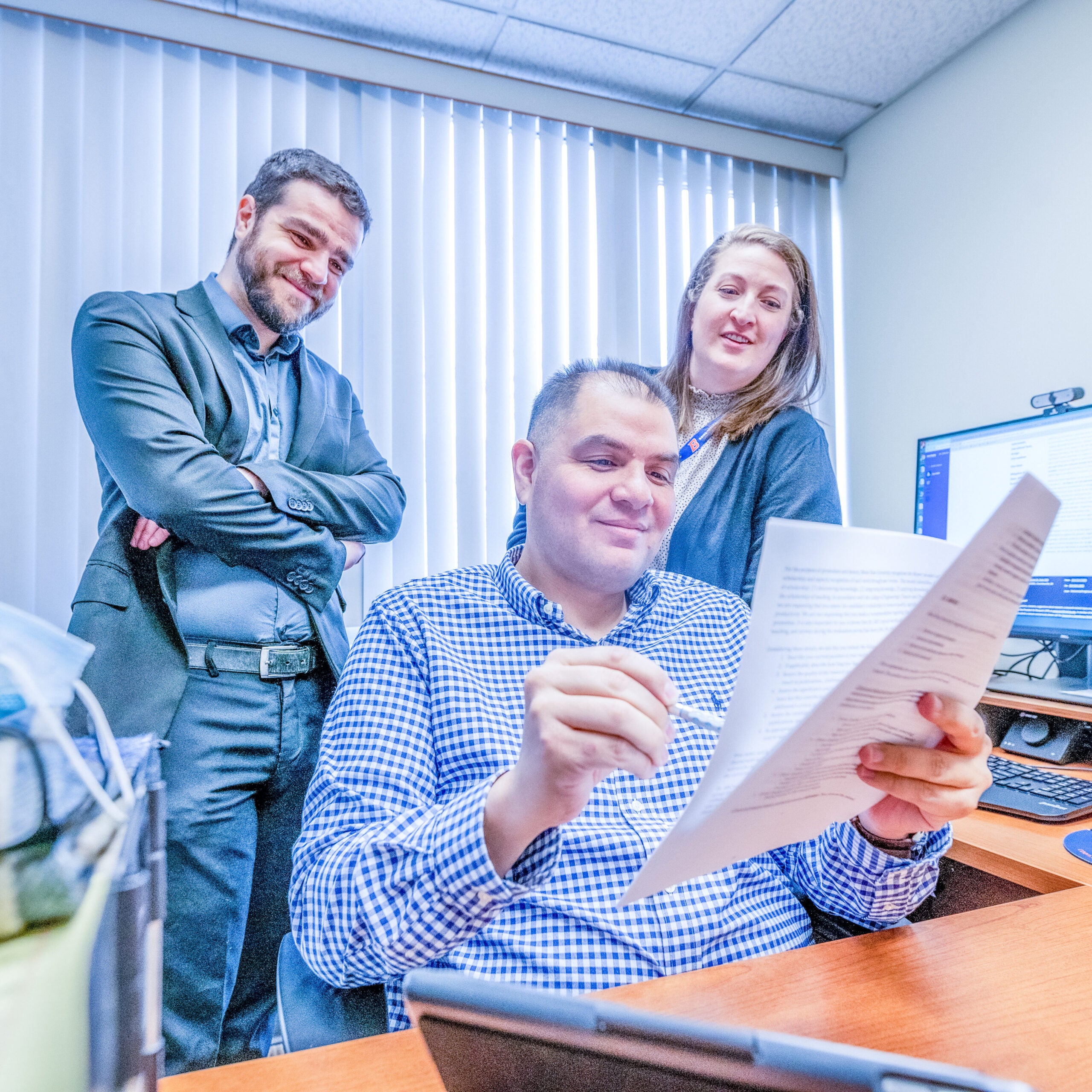
With your help, Boise State students are gaining valuable skills that they need after they graduate from Boise State University. Unfortunately, students often don’t recognize these skills in themselves, aren’t able to articulate their experiences, and therefore can’t communicate them to an employer. How can we create intentional pauses and areas for reflection in the student academic experience to help students reflect on their skills and talents in their journey to become career ready?
Integrated career education is a coordinated, interdivisional effort with two primary goals. We want students to:
- Know the skills and knowledge they develop in your academic programs
- Be able to articulate these skills and knowledge to an employer or graduate program
These efforts are supported by both the BluePrint for Success (linked) (Goal #1, Strategy #2) and the Graduating Student Survey (linked). Boise State Career Services is committed to supporting you in helping your students understand the significance of what they learn in your classroom through connecting your curriculum to career competencies (linked).
What are Career Competencies? The National Association of Colleges and Employers have identified eight core competencies (linked) that every employee needs to have on their first day in a new role. In Career Services, we focus on the behaviors (linked) associated with these competencies, rather than the definitions. You are most likely already helping students develop these competencies, however, students often aren’t aware that they are. By incorporating competency behaviors into your syllabus (linked) or assignment descriptions (linked), students can see these competencies in action.
Steps to Incorporate Career Competencies into Your Program:
- Step #1: Identify the competencies (discipline-specific or from NACE) that students develop in a program/activity/assignment
What specific behaviors (linked) are the students demonstrating? Do students know that they are developing these competencies? How?
- Step #2: Determine the capacity that you have to make changes
- [Optional] Step #2.5: Seek support from Career Services as much or as little as you need! Contact Embedded Career Specialist Kelsey Nelson at kelseynelson1@boisestate.edu (linked).
- Step #3: Select the strategy that is appropriate for the intervention and your capacity
Career Services has a variety of strategies (linked) that can take a few minutes of time (such as incorporating competencies into your syllabus or assignment descriptions) all the way through strategies that are a bit more time-intensive (such as examining career readiness across an entire program).
Career Services knows that you are helping students become career ready and we are here to support your work. You don’t need to be a career development expert to help students make meaning or articulate their skills; and the small changes you implement can have a large impact. Connecting your curriculum to career competencies is a great starting point to help your students understand how the skills that they learn from your class can connect to their next steps after graduating from Boise State University.
If you’d like support on these efforts, please email Kelsey Nelson at kelseynelson1@boisestate.edu (linked).
References
What is Career Readiness? – National Association of Colleges and Employers (linked)
Incorporate Career Education into Your Course or Program (linked)
Career Competency Behavior Guide (linked)
Add Career Competencies to Assignment Descriptions (linked)
Add Career Competencies to your Syllabus (linked)
Workshop Handout (linked)